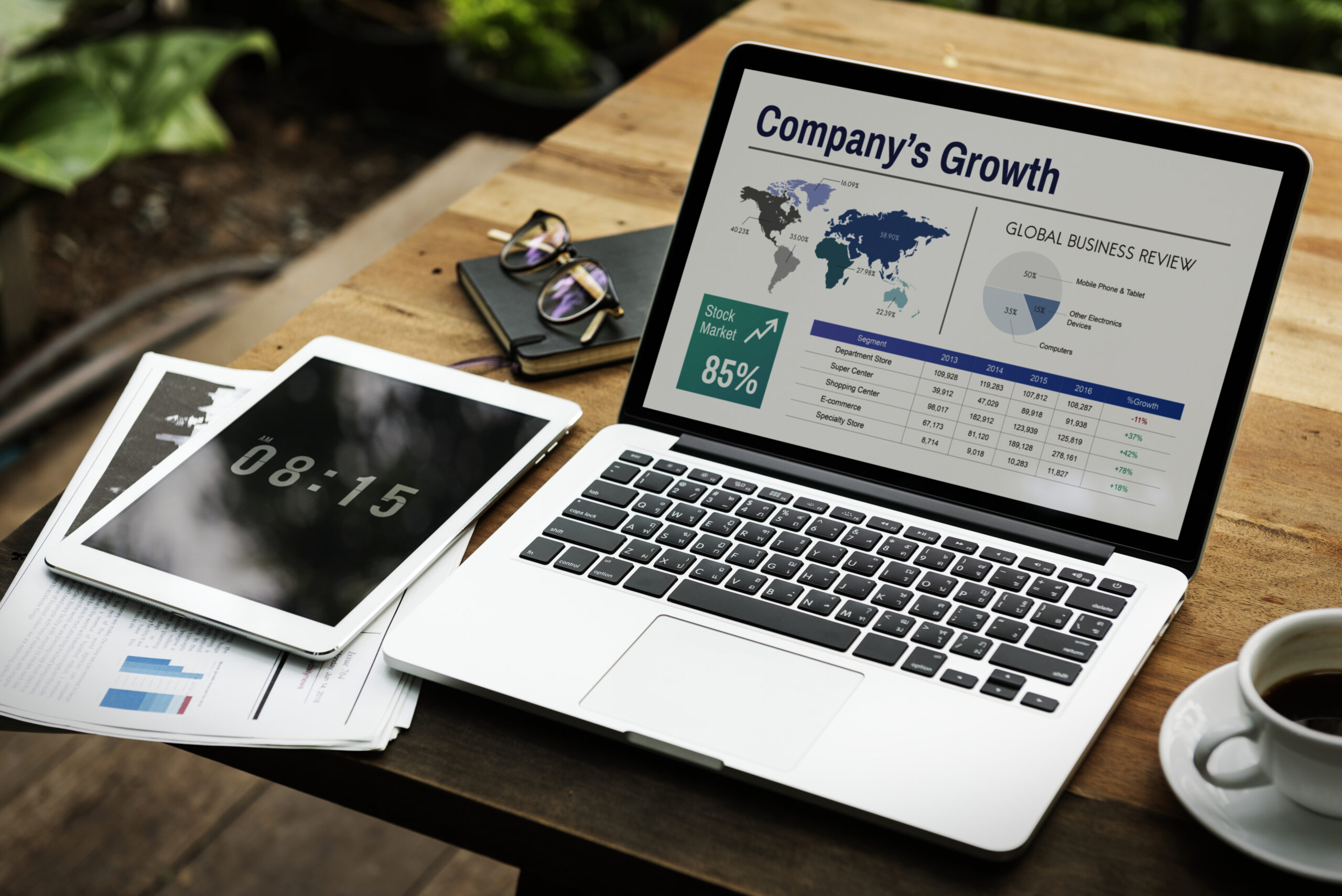How to Measure ROI on Meta Ads for Small Businesses?

Running ads on platforms like Facebook and Instagram (both under Meta) has become an essential part of the digital marketing mix for small businesses. But simply running an ad is not enough—what truly matters is understanding whether your campaigns are delivering real business results. If you’ve ever asked yourself, how to measure ROI on Meta ads?, you’re not alone.
Many small business owners struggle to connect the dots between ad spend and actual revenue. The good news is that with the right tools, strategies, and insights, you can clearly evaluate the return on investment (ROI) of your Meta ad campaigns. This guide walks you through how to effectively track Meta ads ROI, interpret Facebook Ads metrics, and use AI-powered CRM tools to make data-driven decisions.
Why ROI Matters for Meta Ads
Return on investment, or ROI, is a critical performance metric that tells you how much revenue you earned compared to what you spent on advertising. For small businesses operating on tight budgets, ROI offers a clear picture of campaign effectiveness and helps prioritize where marketing dollars should go.
Without measuring ROI, you’re essentially guessing whether your ad dollars are working. Worse, you could be unknowingly investing in campaigns that aren’t delivering any real value.
Setting Clear Objectives First
Before diving into ad performance metrics, it’s essential to set clear campaign objectives. Meta offers several campaign types—brand awareness, traffic, engagement, conversions, and sales. Your objective determines the metrics you should focus on.
For instance, if your goal is sales, then conversions and revenue metrics will be your primary focus. If it’s engagement, then likes, comments, and shares matter more. ROI is meaningful only when compared against specific, measurable goals.
Facebook Ads Metrics That Matter
To understand how well your Meta ads are performing, start by analyzing these key metrics:
- Cost Per Click (CPC): This shows how much you’re paying for each click on your ad. Lower CPC means you’re driving traffic efficiently.
- Click-Through Rate (CTR): The percentage of people who clicked your ad after seeing it. A low CTR may suggest poor targeting or weak creatives.
- Conversion Rate: The percentage of people who took your desired action (buy, sign up, etc.) after clicking the ad.
- Cost Per Conversion (CPC or CPA): This tells you how much you’re spending for each conversion. The lower this number, the better your ROI.
- Return on Ad Spend (ROAS): This is your revenue divided by ad spend. A ROAS of 4.0 means you earned $4 for every $1 spent.
These metrics can be found in Meta Ads Manager and should be reviewed regularly. However, they only tell part of the story—what happens after a user clicks matters even more.
The Role of Conversion Tracking
Conversion tracking is the foundation of accurate ROI measurement. It allows you to track actions users take after interacting with your ads, such as purchases, form submissions, or downloads.
Here are three methods to implement conversion tracking on Meta:
- Meta Pixel: A snippet of code added to your website that tracks user behavior and ties it back to your ad campaigns.
- Offline Conversions: Useful for businesses with in-store transactions. Upload data to Meta Ads Manager to match offline sales with online ad engagement.
- Conversion APIs: A more advanced method that connects server data directly with Meta to improve tracking accuracy and bypass ad blockers or browser restrictions.
By tracking post-click activity, you get a clearer view of your ad’s influence on sales, allowing for more accurate ROI calculation.
Analyzing Ad Spend: Go Beyond the Basics
Ad spend analysis isn’t just about how much money you put into a campaign. It’s about what that money yielded. Use these insights to guide your decisions:
- Compare Campaigns: Evaluate different ad sets or creatives to see which ones yield the highest ROI.
- Understand Audience Segments: Are certain age groups, locations, or devices performing better? Shift spend accordingly.
- Timing Matters: Track when your ads perform best—seasonal trends or time-of-day insights can help optimize scheduling.
This level of detail ensures you’re not just spending money—but spending it smartly.
Using AI CRM for Smarter Insights
Traditional analytics can only get you so far. Small businesses today can take things a step further by integrating AI-powered Customer Relationship Management (CRM) tools. These tools track the customer journey, attribute sales accurately, and provide predictive insights.
For example, an AI CRM can:
- Score leads based on behavior and likelihood to convert
- Attribute sales across multiple touchpoints (email, social media, ads)
- Automate follow-ups and remarketing campaigns
- Forecast ROI based on historical campaign data
Using AI CRM helps connect Meta Ads performance to actual business outcomes—not just digital impressions. It brings clarity to where your revenue is truly coming from and helps make ROI tracking more precise.
If you’re unsure how to get started with digital ad strategies that include tools like AI CRM, a digital marketing expert can help. Explore our services to learn how we empower small businesses with intelligent ad and data solutions.
Setting ROI Benchmarks for Your Industry
ROI isn’t one-size-fits-all. Benchmarks can vary based on your industry, product type, and customer lifetime value. For example:
- An ecommerce brand might aim for a ROAS of 4:1
- A service-based business with high customer value might accept a lower initial ROAS, banking on future revenue
- Local businesses might find high ROI from hyper-targeted campaigns even if the volume is lower
It’s important to set your own realistic benchmarks based on historical data, market conditions, and business model. A campaign that seems underwhelming in ROAS may still be profitable when factoring in customer lifetime value.
Common Mistakes in Measuring Meta Ads ROI
Many small businesses fall into traps when analyzing ad performance. Here are a few pitfalls to avoid:
- Ignoring Post-Click Data: High CTRs are meaningless if users don’t convert.
- Overlooking Attribution Windows: Meta’s attribution settings affect how conversions are counted. Make sure you’re aligning them with your sales cycle.
- Focusing Solely on Vanity Metrics: Likes and impressions look nice but may not impact the bottom line.
- Lack of Consistent Tracking: Without proper tracking setup, your data will be unreliable.
Correcting these issues ensures your ROI reporting reflects actual business performance.
Long-Term Value vs. Short-Term ROI
For small businesses, it’s tempting to judge campaigns solely on immediate ROI. However, consider the long-term impact of your advertising:
- Building brand recognition
- Growing your email list for future remarketing
- Educating new customers about your services
These outcomes may not pay off instantly but add up over time. That’s why a mix of short-term direct-response campaigns and long-term brand-building ads is often the best strategy.
Getting Professional Help
Managing Meta ads and measuring ROI can be complex, especially when wearing multiple hats as a small business owner. Partnering with a digital marketing agency can free up your time while ensuring your ad dollars are well spent.
At Apex SEO, we help small businesses optimize their Meta Ads strategy, implement proper conversion tracking, and use data-driven techniques—including AI CRM integration—to maximize ROI. Our team focuses on making your budget work harder for you, so you get real, measurable growth.
FAQs: How to Measure ROI on Meta Ads
1. What’s a good ROI for Meta ads?
It depends on your industry, but generally, a ROAS (Return on Ad Spend) of 3:1 or higher is considered effective. For businesses with high customer lifetime value, a lower initial ROI may still be profitable.
2. How do I track conversions from Facebook or Instagram ads?
Use Meta Pixel, Conversion API, or Offline Conversions. These tools help track user actions after they click your ad, such as purchases or sign-ups.
3. Can I measure ROI if I don’t sell online?
Yes. You can use offline conversion tracking, phone call tracking, or lead form submissions to assess ROI. AI CRM tools can further help attribute revenue to specific campaigns.
4. Is it worth investing in AI CRM for ad tracking?
Yes. AI CRM tools provide advanced insights that traditional tracking can’t—like customer lifetime value, behavior prediction, and multi-touch attribution. This leads to more accurate ROI assessment.
5. How often should I evaluate ad performance?
Regularly—at least weekly. Look for trends over time, not just day-to-day spikes, and use those insights to optimize campaigns for better performance.
By leveraging the right mix of Facebook Ads metrics, conversion tracking tools, AI CRM solutions, and consistent ad spend analysis, small businesses can confidently measure and improve the ROI of their Meta ad campaigns.
Understanding what works and why allows for better decisions, higher returns, and more sustainable growth from every dollar you invest in digital advertising.



